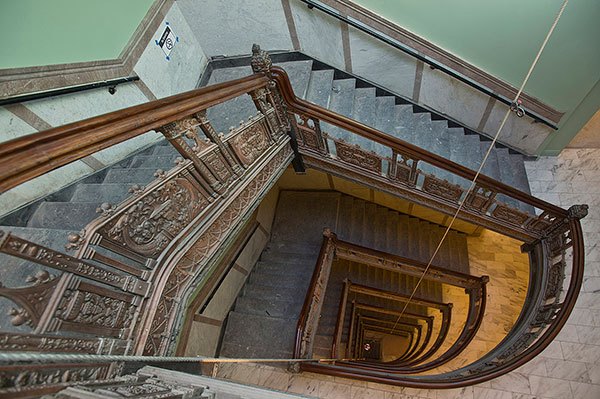The past three years of pandemic and its knock on effect has dramatically changed the complexion of the construction industry and the way builders develop and maintain CPM schedules. This is both a factor of supply chain issues, and chronic resource shortfalls of skilled trades. The biggest delays for interior fit-outs are related to switchgear, mechanical equipment, and PLC and low voltage controls and sensors. Accordingly, risk factors are now often focused on procurement.
These new challenges translate to critical paths that are driven by such long-lead equipment fabrication and delivery. Long-leads must be negotiated and sequenced into preconstruction CPM schedules in a way that minimally impact. Final specifications must be settled in bid documents, as midstream change of specification can scuttle a project in ways that it can’t easily recover from. These CPM schedules may include work-arounds that present novel approaches by the most skilled builders. Temporary power and heating periods are typically prolonged in order to support build-out pending final equipment delivery. These workarounds ratchet up general requirement costs.
Counterintuitively, the present state of elevated interest rates forces owners to seek even more aggressive CPM schedules, so as to minimize the term of their loans. In this way, contractors may take on projects with unrealistic timelines dictated by their clients. For example, what was traditionally an eighteen-month project is only afforded twelve-months duration. Nothing new here, but the impact of the pandemic exacerbates the phenomenon. However, when the supply chain doesn’t produce according to schedule, contractors will have indemnified themselves from delay damages outside their control. In this way, these impacts hurt both ownership and the builder.
As equipment long-leads take up schedule longest-paths, work in the field is often afforded more free-float – idle time waiting for equipment to arrive. While free-float can be an asset, production rates are affected in a way that costs contractors because general conditions and overhead are extended into the downtime encountered with free-float activities. It is not uncommon that a trade idles away waiting for deliveries, and suddenly has to shift into high-gear, low float scenarios.
For mechanical, electrical, and plumbing systems, resequencing around long-lead times often means thinking outside the traditional box. The setting of equipment and subsequent running main and branch work from it is reversed, as few projects have the luxury of waiting for equipment to be rigged and set before running out distribution. This method may generate program conflict and access difficulties if coordination is not comprehensive.
The art of negotiating the critical path of post pandemic projects requires keen insight by the CPM scheduler, and focus on procurement in the baseline schedule, as opposed to production. Project teams must meet during preconstruction in order to determine the parameters of long-lead programs, how they may drive the schedule, and what – if any – mitigation plans can be instituted.
It is mission critical to continue to monitor lead-times, as these are subject to fluctuate. For example, switchgear may be twelve-months lead at NTP, yet by the time the submittals are later released, leads may become longer. Therefore, it is important to keep on top of production trends for all long-lead equipment that flies in the critical path radar. CPM schedulers who do not pay attention to mission critical equipment lead-time are doomed to failure and superfluity.










